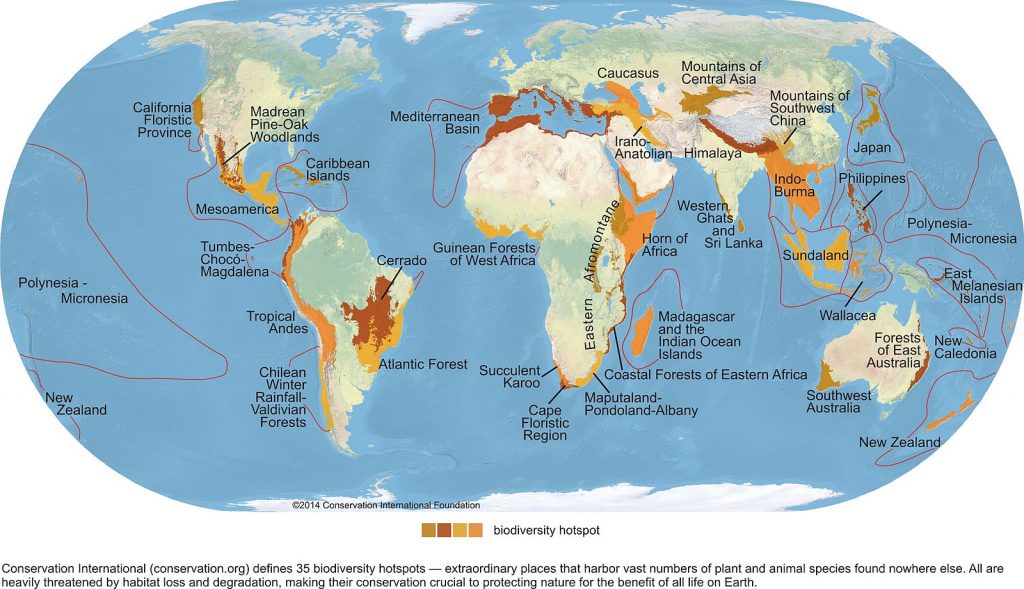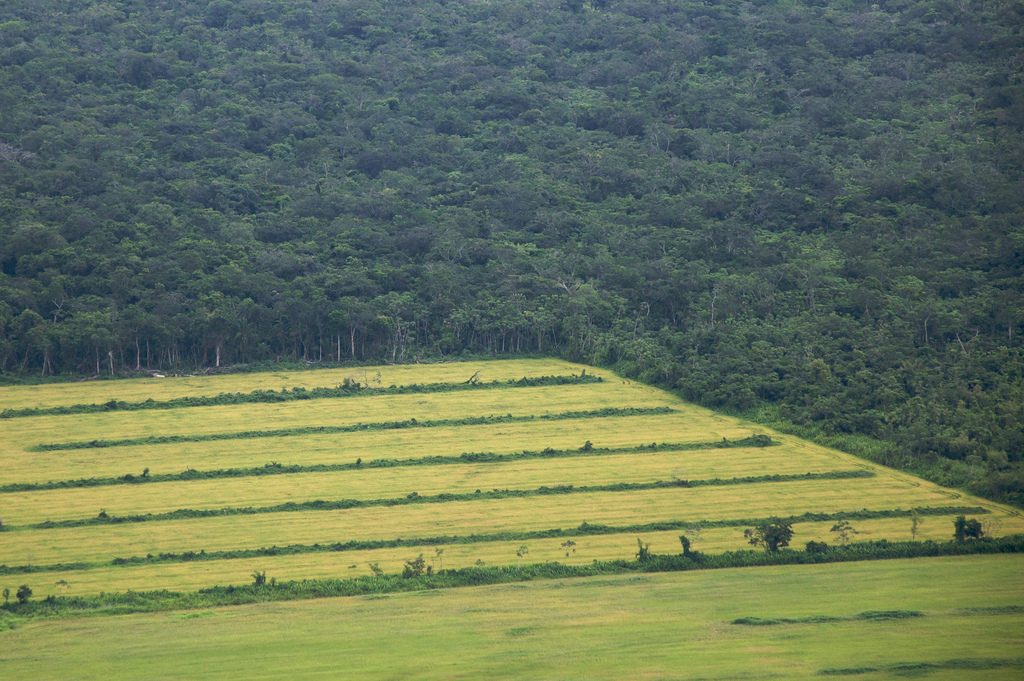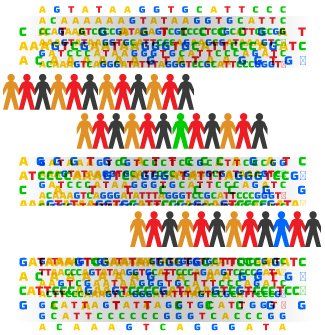Contents
Biodiversity and Investigating Diversity
Biodiversity
There are different meanings of biodiversity, and it can be a measure of the range of habitats, from a small local habitat to the Earth.
The term habitat refers to the range of physical, biological, and environmental factors in which a species can live.
Having low biodiversity isn't necessarily an issue. For example, deserts and arctic regions naturally have low biodiversity due to the harsh environment. It is a cause for concern if an ecosystem experiences a loss in biodiversity, as this indicates a change is causing the loss of habitats and therefore death and extinction of species often follow.
Species Richness
This is a measure of the number of different species in a community. A community is all the organisms living in a particular area at a particular time. The more species there are, the richer the area is in species. Species richness only accounts for how many different species there are, and not the population size of each species.
Measuring Diversity
An index of diversity combines both the number of different species and the population size of each within a community. The index of diversity of a community can be calculated using the formula below:
D = N (n-1) / ∑ n (n – 1)
- D = diversity
- N = the total number of organisms of ALL species
- n = total number of organisms of a particular species
Humans are the biggest cause of loss of diversity in communities, which can inevitably lead to extinction. Extinction of species is negative for many reasons ranging from ethical, economical, and medicinal. Firstly, if humans are the cause of extinctions, it is our moral duty to put measures in place to try and prevent this. Economically, tourism often relies on people visiting areas of natural beauty and observing animals in their natural habitat. Extinction of habitats, plants, and animals could reduce tourism and therefore impact the economy. Finally, many medicines have been based on chemicals naturally occurring in plants so plant species going extinct could have potentially held the molecules needed to cure diseases in humans. Farming techniques, in particular, reduce biodiversity. Removing natural habitats, such as forests, grasslands, and hedgerows in fields, for agriculture removes many habitats. Removal of these habitats also removes food sources for animals. It is therefore essential to put in place conservation measures to protect these habitats, but not to an extent that farming is no longer possible and humans run out of food.
The key for ecologists is therefore finding the balance between conservation and farming.
Genetic Diversity
The genetic diversity of a population or community is the measure of how many different alleles there are for each gene. This can be measured simply by comparing observable characteristics, or more accurately the base sequence of DNA, mRNA, and the amino acid sequence of the proteins.
Looking at the frequency of observable characteristics in a population was the earliest way of estimating genetic diversity before biotechnology became available. For example, counting the number of different hair colors in a population would indicate the number of different alleles for hair color. If there was a wide variety of hair colors, this would indicate a wide range of alleles and therefore high genetic diversity. With the advances in gene technologies, more accurate measurements are now used.
Investigating Variation
When measuring variation within a population, samples are taken. This is because it would be too time-consuming and potentially impossible to record data on every individual within a population. To ensure your sample is representative of the population, you must take a large sample and to avoid bias, you should randomly sample. By collecting a large number of samples, you can also calculate a mean and do a statistic or standard deviation to see if any differences or correlations you see are significant.
- What is a community?
- Your answer should include: living / organisms / ecosystem
- What is biodiversity?
- Your answer should include: species / genetics / ecosystem / diversity
- What is genetic diversity?
- Your answer should include: variety / genes / individuals
- Why do you sample an area to gain an accurate representation of a population?
- Your answer should include: randomly / large / sample



